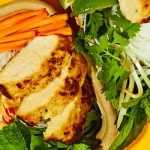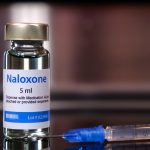
Holiday meals offer an opportunity to indulge in some favorite foods. Now for those who want to enjoy healthier versions of these holiday treats, a registered dietitian from Baylor College of Medicine in Houston offers some easy suggestions. Veggies can help with the post-meal fatigue you usually feel after a big meal, said Courtney Cary, who works in the Department of Medicine–Gastroenterology and Hepatology. Fiber from veggies can help, even when those veggies are creamed or part of a casserole. Instead of using heavy cream in green bean casserole or creamed spinach, use fat-free half and half. You’ll still get a creamy flavor, but with little saturated fat. Replace the solid fat in a recipe with butter or oil to make more heart-healthy dishes, Cary suggests. Use low-fat or part-skim cheese to decrease the saturated fat further. Get creamy mashed potatoes by using butter and skim milk instead of butter and heavy cream. “Eating decadent and rich food one day out of the year won’t kill you, but that high concentration of saturated fat over multiple days from leftovers can have an impact,” Cary said in a Baylor news release. Nuts can help offset some of the blood sugar changes from starchy and sugary foods. The high fructose corn syrup in canned cranberry sauce is detrimental to blood sugar. Even adding a whole cup of… read on > read on >





































